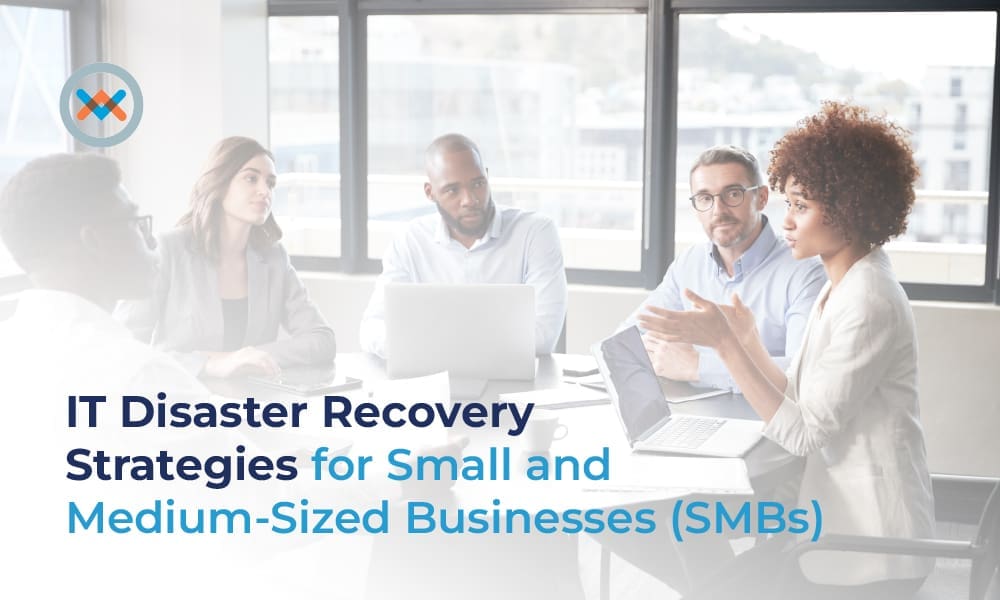With the advancement of technology, companies no longer need to do all that manually anymore. Businesses can now collect, process, and analyze large amounts of data from different sources in real time. These large and complex data sets are often referred to as the 'big data'. With the help of various big data software, companies can efficiently make data-driven decisions.
However, aside from its benefit of providing valuable insights, big data can also become a significant security challenge for many companies. These data contain a lot of sensitive information, and it can harm businesses when falling into the wrong hands. This is why companies must protect these data from hackers, malware, and human error.
How to Secure Company Big Data
There are several ways in which companies can secure their big data from threats, including:
Access Control
By implementing access control, companies can make sure that only authorized personnel have access to the specific data. This is why it is often referred to as the first line of defense that companies can use when it comes to data protection.
Organizations can implement access control measures through multi-factor authentication (MFA). MFA prevents hackers from accessing your accounts even if they manage to have your password. MFA requires users to enter a one-time password (OTP) in addition to the original password. This OTP is usually sent via text message, or retrieved via MFA apps such as Google Authenticator, Microsoft Authenticator, or Authy.
Moreover, it's always best to only give access to specific people who need to access them. This is because giving data access to more personnel increases the risk of data breaches caused by human error.
.
Mitigating Phishing Attacks
A common way for cybercriminals to gain access to a company's data is through phishing attacks. Phishing refers to the practice where attackers deceive their targets into revealing their sensitive information. This can be done by leading their victims to put in their credentials through fake websites or to install malicious software such as ransomware.
To mitigate these attacks, companies need to protect their endpoints to prevent malware from infecting their systems. This can be done with the help of installing endpoint protection software such as SentinelOne. Another way to effectively mitigate phishing is by continuous training and education for employees to make sure they don't accidentally give out any private information to potential cybercriminals.
Secure Data Architecture
Data architecture is a framework that explain how data is being collected, stored, managed, and used within a company. It ensures that data is available and organized well. To achieve this, the framework must include steps that make sure the data is being handled systematically and securely, from collection and storage to processing and access, thereby protecting against breaches and ensuring compliance with legal requirements. Organizations can work together with a data protection and security provider to ensure the accuracy and effectiveness of their data architecture design and implementation.
Network Information Security
Network security is important for company data protection as it secures the infrastructure through which data is transmitted and accessed. When implemented properly, it can prevent unauthorized access, data breaches, and cyber-attacks. Some of the measures that can be implemented to secure organizational networks are:
Encryption Techniques
Encryption ensures that the data remains unreadable and secure even if it is being accessed by unauthorized users both at rest and in transit. Some of the encryption techniques that can be utilized are:
Symmetric Encryption
Such as AES (Advanced Encryption Standard) and DES (Data Encryption Standard), which uses the same key for decryption and encryption.
Asymmetric Encryption
Such as RSA (Rivest-Shamir-Adleman) and ECC (Elliptic Curve Cryptography), which uses one public and one private key. Data encryption will use the public key, while data decryption requires the private key.
Homomorphic Encryption
Allows computations to be performed on encrypted data. No prior decryption required.
Format-Preserving Encryption (FPE)
Maintains data format after encryption.
Firewalls and IDS/IPS
A firewall is like a guard that helps protect systems from suspicious traffic. Thus, implementing firewalls and intrusion detection/prevention systems can defend one's IT infrastructure against unauthorized access and threats. You can learn more about firewalls here.
Secure Communication Protocols
To ensure data security, companies need to ensure that data sent between two points (such as a web browser and a server) is secure. This can be achieved by implementing communication protocols such as:
TLS/SSL (Transport Layer Security/Secure Sockets Layer)
Encrypting data between a server and a client (example: web browser).
HTTPS (Hypertext Transfer Protocol Secure)
Securing HTTP traffic on the web using SSL/TSL.
SSH (Secure Shell)
Securing remote command-line access and other network services.
VPN (Virtual Private Network)
Ensuring protected network connection over public networks.
Data Fusion & Visualization
Data fusion is the process of combining data from different sources to produce more accurate results. Because of that, data fusion can help improve accuracy and reduce false positives when it comes to detecting security threats. It can also help with proactive threat identification as data fusion supports predictive analytics.
Data visualization is the graphical representation of information. This can be in the form of charts, graphs, or dashboards. Its purpose is to make complex information easier to understand and thus help simplify the decision-making process. Data visualization also facilitates organizations with real-time monitoring, security trend analysis, and incident analysis. These can assist security teams in understanding the scope of cyber-attacks, as well as respond swiftly to any incidents.
Decentralized and Context-Aware Data Storage
Decentralized data storage is the distribution of data to multiple locations, instead of storing it in a single location. It improves data security as it prevents attackers from compromising the entire system at once. Thus, it can minimize the risk of breaches and downtime. Blockchain technology can be utilized to achieve this.
Context-aware data storage is the practice of adapting the security and management of data based on its context, such as access requirements and usage patterns. This is done to ensure that data is being stored and accessed securely according to its needs, enabling tailored protection and optimizing storage efficiency.
Big Data Threats
As it is important to implement advanced security measures, it is also equally crucial to understand the various threats that organizations face in the big data era. By recognizing the potential threats, businesses can better equip and strengthen defenses against potential breaches. Below are some of the biggest threats to big data security:
Hacking
One of the biggest threats to big data security is malicious hacking. Malicious hacking refers to the act of gaining unauthorized access to a device or data, usually with the purpose of compromising them for personal gain. This can harm data security and disrupt regular operations.
Malware
Malware (malicious software) is any software designed by cybercriminals to infect a device and steal data from it. This includes viruses, ransomware, spyware, adware, scareware, trojans, worms, and fileless malware. Aside from giving cybercriminals access to sensitive information, which can lead to data loss and breach, getting infected by malware can also slow down devices, which can disrupt business operations. You can learn more about malware here.
Social Attacks
Another common way that cybercriminals use to gain unauthorized access to sensitive information is through social engineering attacks. This may include posing as a notable figure or company to trick individuals into revealing their personal and/or work usernames and passwords, which can harm corporate data security.
Human Errors
Misconfigurations, accidental deletions, and giving sensitive information to the wrong recipient are all forms of human errors that can harm a company's big data. These errors can cause data breaches and cause operational disruptions.
Advanced Persistent Threats (APTs)
APTs are attacks that uses sophisticated techniques to remain undetected while intruding into a computer system. This further emphasizes the need for advanced security measures for companies as these attacks can harm data security by stealing sensitive information and disrupting operations. Moreover, if not mitigated quickly, these attacks can cause financial and reputational damage for organizations.
Conclusion
In the end, we can conclude that big data presents both valuable opportunities and significant security challenges for companies. Through implementing advanced security measures, such as access control, phishing mitigation, secure data architecture, network security, data fusion and visualization, and decentralized and context-aware storage, companies can secure their valuable data assets. Moreover, understanding cyber threats that can harm data security such as hacking, malware, social attacks, human errors, and APTs is also important to prevent them from infecting any systems. With a proactive and comprehensive approach, businesses can fully enjoy the benefits that big data brings for more effective decision-making.







